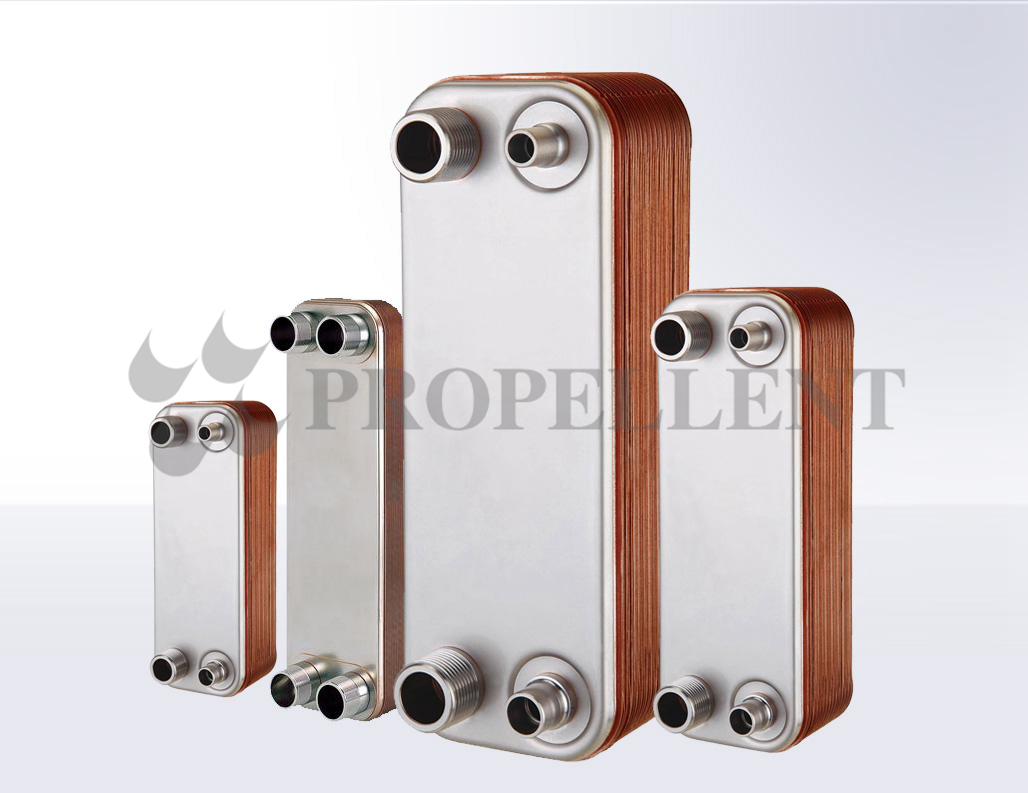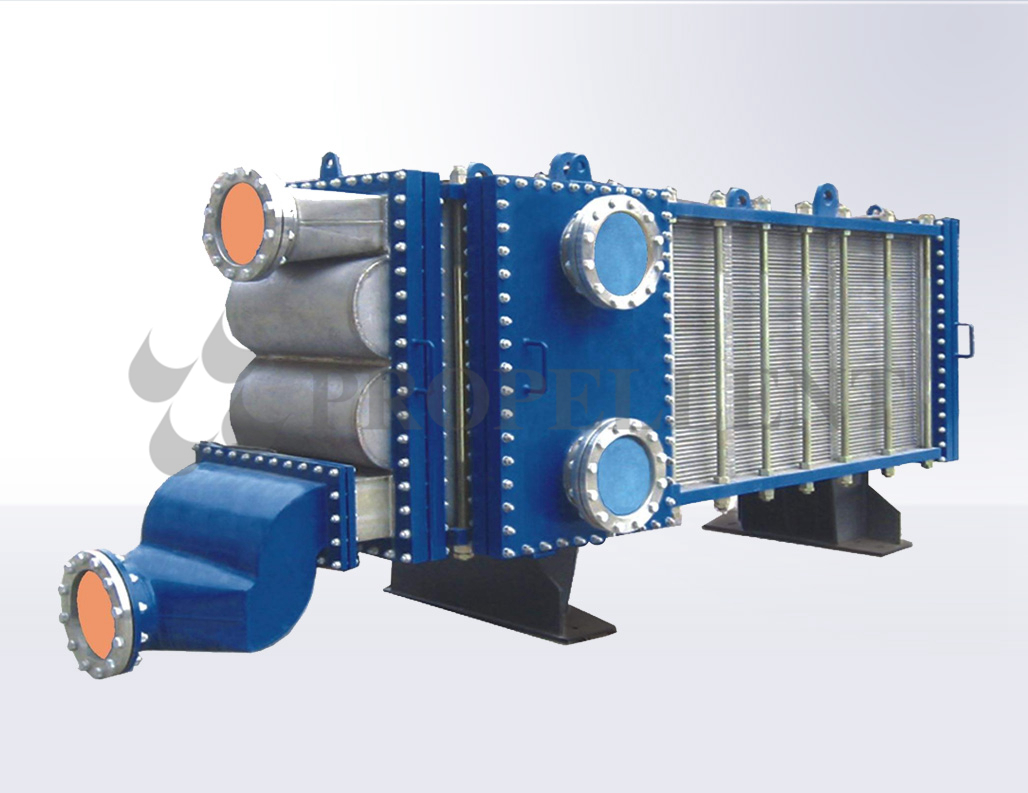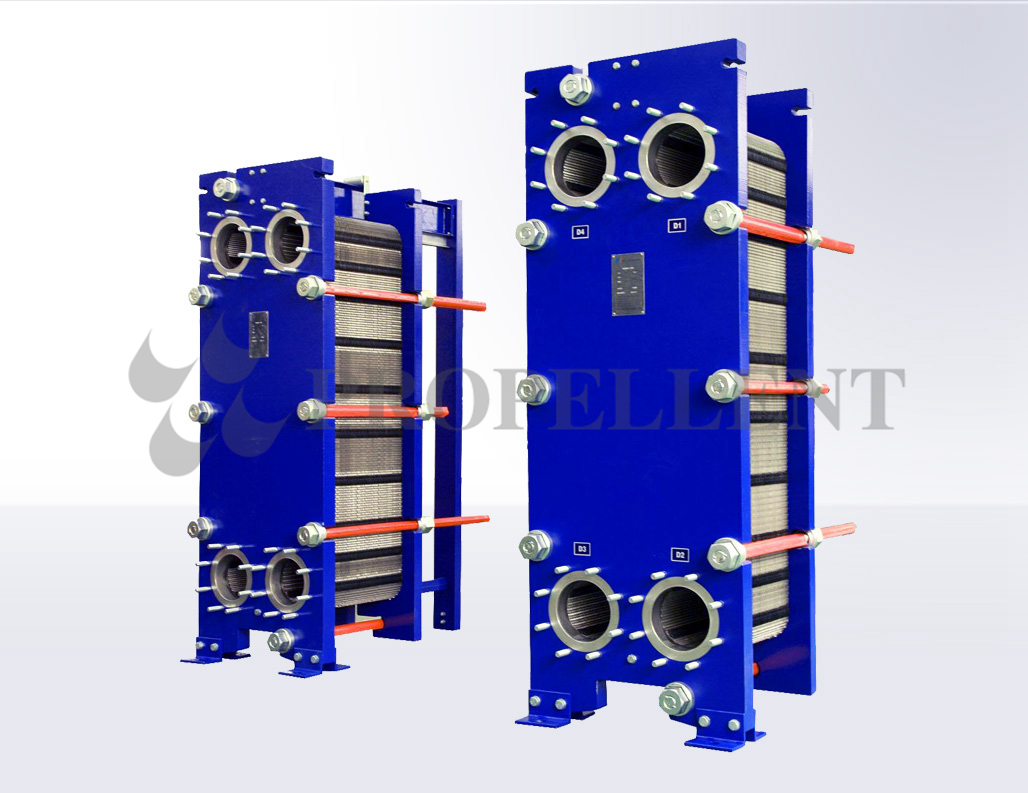News
Temporary treatment method for aging of plate heat exchanger gasket
Temporary treatment method for aging of
plate heat exchanger gasket: The softening of elastic gasket is related to
pressure and temperature. When the gasket loses elasticity, the plate heat
exchanger will leak. In some products, in order to solve the dripping
phenomenon caused by the aging of the gasket, the sealing performance
adjustment of the heat exchanger is allowed, that is, the bolts of the combined
plate heat exchanger are tightened again, and the elastic gasket between the
heat exchangers is adjusted. The pressing force solves the problem of dripping.
On
the nameplate of a plate heat exchanger having this function, it is generally
given that large stress and small stress are allowed. For new plate heat
exchanger sets, a small allowable stress should be used for the joint fixation.
Depending on the number of plate heat exchanger plates, the tightening force of
the plate heat exchanger can be adjusted one or more times. When tightening,
the nut can be screwed in 3mm and the stress of the adjusting piece is always
paid during the tightening process. Moreover, only the heat exchanger without
working pressure is allowed to adjust the tightening force at room temperature
to prevent dripping.
For
plate heat exchangers that do not have a stress adjustment range on the
nameplate, the stress values are generally given in the part drawing. When
tightening such plate heat exchangers, the tightening torque should not be
lower than the value specified in the drawings. Because it is related to the
assembly quality and assembly deformation of the plate heat exchanger. When the
tightening torque reaches the specified value, the elastic seal can be replaced
in a planned manner. For plate heat exchangers used in critical production
equipment and in corrosive media, a spare seal is recommended. When the
warehouse temperature is 18 °C, the seal of the plate heat exchanger can be
stored for about 3 years in a transparent plastic package.



